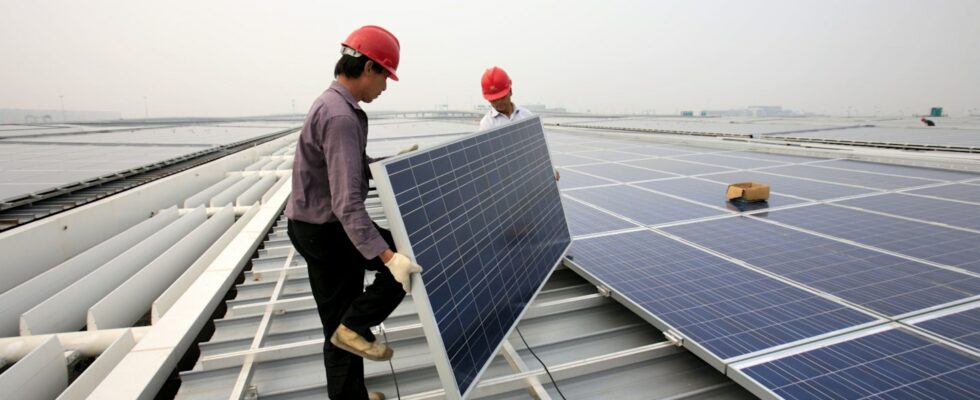2023 was a record year for sustainable energy. Around the world, an extremely large number of solar cells and wind turbines were installed, and green technologies covered a large proportion of the world’s electricity: 40 percent are now without CO2 emissions. This means that we are facing a decline in greenhouse gas emissions from global electricity production, and then a long-term fall in emissions. The power sector has the biggest climate burden, so it is extremely important for the global climate fight. That’s according to the annual analysis of the world’s electricity sector by the international energy think tank Ember, which has just been published. – The future of sustainable energy is here. Solar energy in particular is accelerating faster than anyone thought possible, says Dave Jones from Ember, one of the main authors behind the analysis. But it’s not all gold and green forests. Because the world’s coal furnaces are still being fired, and greenhouse gas emissions from electricity production recently hit a record: Last year it rose by 135 million tonnes of CO2 compared to 2022. Drought on the way The hope is that 2023 will be the last record year for emissions – they must reach a peak before they can fall. But according to Ember, the underlying, structural conditions for the world’s electricity production are such that sooner or later there will be a fall: The green growth is enormous and the growth of fossil energy is constantly decreasing. – The fall in emissions from the electricity sector is now inevitable. 2023 was probably when it turned – with the latest record-breaking emissions from the electricity sector – a major turning point in energy history, says Dave Jones. In fact, the drop “should” have already happened last year, but several large countries such as China, India, Mexico and Vietnam used coal-fired power plants to a greater extent against all expectations, when they were hit by drought, which strained the country’s hydropower. It is therefore not certain that the fall will occur this year. But the important thing is not whether the big shift happens exactly next year or next year, writes Ember, but that solar and wind energy have changed the long-term development of the world’s energy system. In less than 20 years, the development of solar cells and wind turbines has averted the emissions of 19 billion extra tonnes of CO2. “The fall in emissions from the electricity sector is already a reality in many countries, and the stage is now set for global emissions to start falling”, concludes the analysis.
ttn-70
Global green records: Solar and wind power are increasing, but drought is straining the expected drop in the CO2 curve

